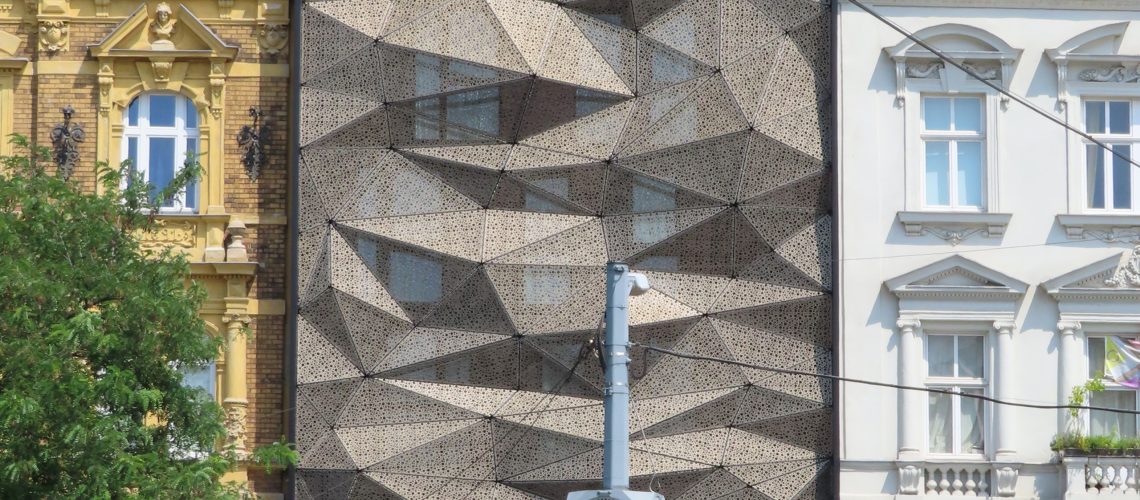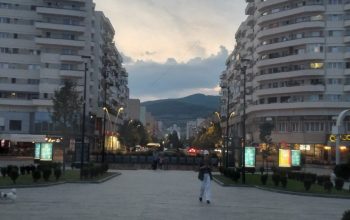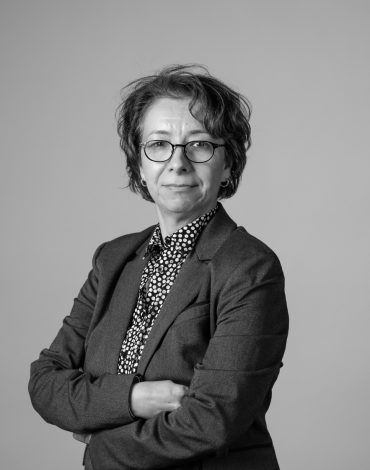Punerea în Valoare a Patrimoniului Urban şi Natural

OBIECTIVE DIDACTICE:
Punerea în valoare ca instrument al consolidării perenității memoriei clădirilor protejate în spațiul românesc apare odată cu instituirea primelor măsuri juridice impuse de Imperiul Rus în Principatele Române în textele Regulamentelor Organice, din 1832 și 1831, anticipând cu 100 de ani recomandarea Conferinței CIAM de la Atena din 1933.
Sistematizarea instrumentelor și a metodelor de punere în valoare au fost pe rând tratate de istorici și arhitecți împletite cu evoluția firescă a domeniului supus presiunii schimbărilor istorice din secolele XIX și XX. “În conștiința poporului există un respect (și teamă superstițioasă) pentru zidirile vechi, fie că sunt din vremuri imemoriale, fie construite de înaintași” deprindere deja existentă la marii domnitori români, care se îngrijeau de zidirile domnești moștenite, fie spirituale, fie civile sau chiar militare și care hotărau să le repare, înnoiască sau chiar înfrumusețeze imprimând durată și stil, prin calitatea lucrărilor și a meșterilor angajați, “valoarea estetică, interesul istoric care vor fundamenta calitatea de monument istoric rămân contribuția deceniilor următoare din veacul al XIX-lea”.
Tema chartelor precedente este reluată la Consiliul european al urbaniştilor în Noua cartă de la Atena – 2003 în care se definesc în cheie modernă vechile probleme. “Rolul spiritului locului și al culturii în coerența orașului și în asigurarea calității vieții. În paralel cu aceste considerații privind utilizarea solului și a spațiilor, atractivitatea proprie fiecărui oraș al Europei va fi prezervată și pusă în valoare, contribuind astfel la îmbunătațirea calității vieții celor mai mulți, dat fiind ca aproape trei sferturi din populația Europei locuiește la oraș”.
TEACHING OBJECTIVES
The valorization as a tool for consolidating the perpetuity of the memory of protected buildings in the Romanian space appears with the establishment of the first legal measures imposed by the Russian Empire in the Romanian Principalities in the texts of the Organic Regulations, from 1832 and 1831, anticipating by 100 years the recommendation of the CIAM Conference in Athens in 1933.
The systematization of the instruments and methods of valorization were successively treated by historians and architects, intertwined with the natural evolution of the field subjected to the pressure of historical changes in the 19th and 20th centuries. “In the people’s consciousness there is a respect (and superstitious fear) for old buildings, whether they are from time immemorial or built by their ancestors” a habit already existing among the great Romanian rulers, who took care of the inherited princely buildings, whether spiritual, civil or even military and who decided to repair, renew or even beautify them, giving them duration and style, through the quality of the works and the craftsmen employed, “the aesthetic value, the historical interest that will substantiate the quality of historical monument remain the contribution of the following decades of the 19th century”.
The theme of the previous charters is resumed at the European Council of Town Planners in the New Charter of Athens – 2003 in which the old problems are defined in a modern key. “The role of the spirit of place and culture in the coherence of the city and in ensuring the quality of life. In parallel with these considerations regarding the use of land and spaces, the inherent attractiveness of each city in Europe will be preserved and enhanced, thus contributing to improving the quality of life for the majority, given that almost three quarters of the population of Europe lives in cities.”
Syllabus
FISA DISCIPLINEI/ Syllabus


